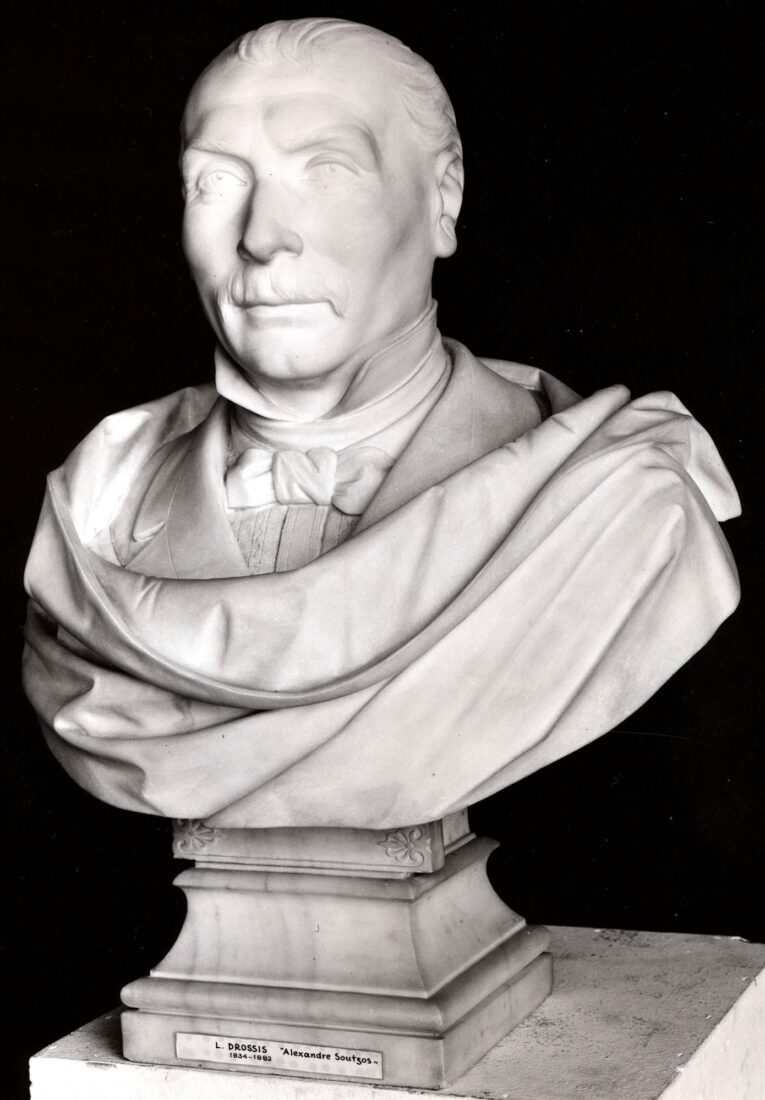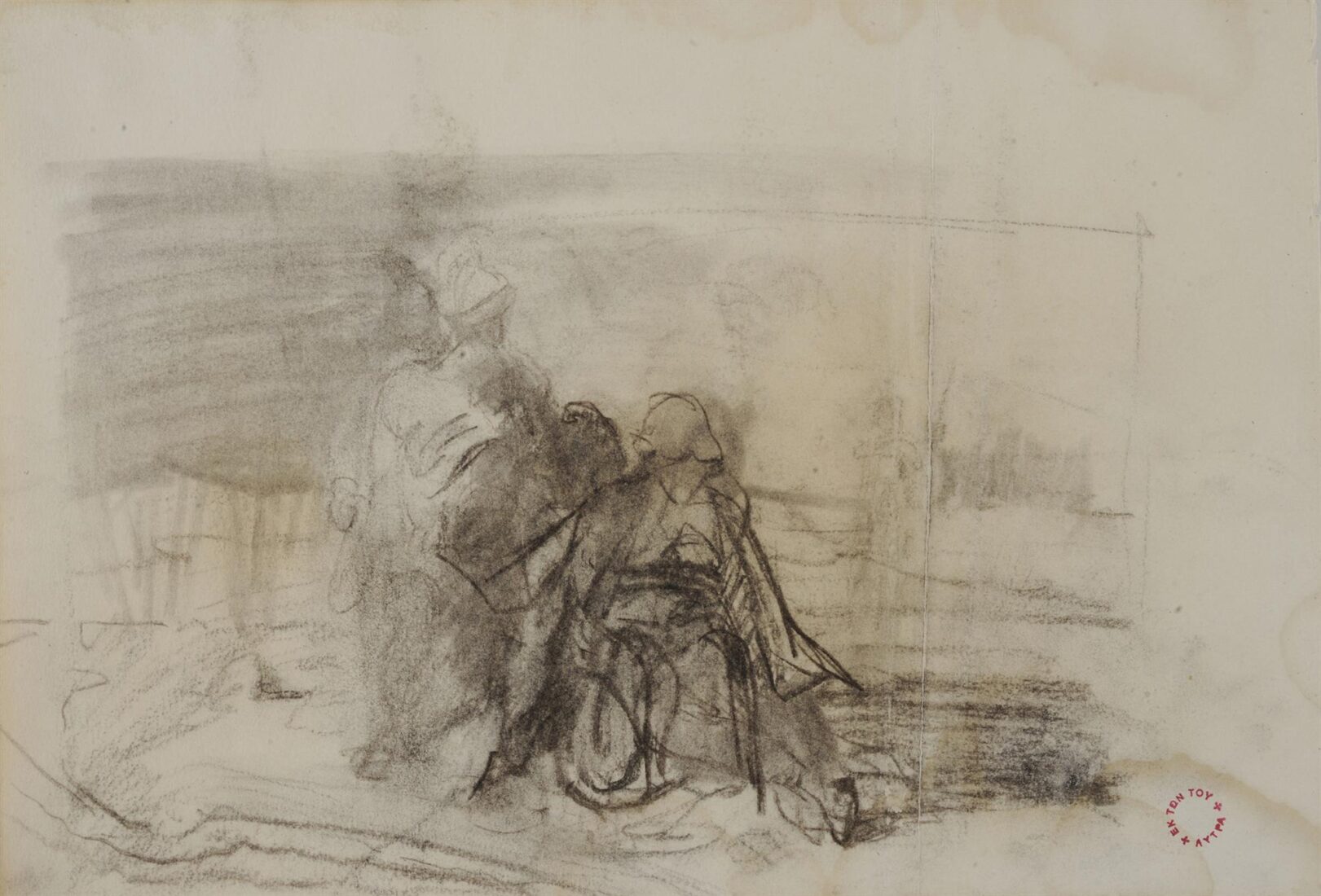

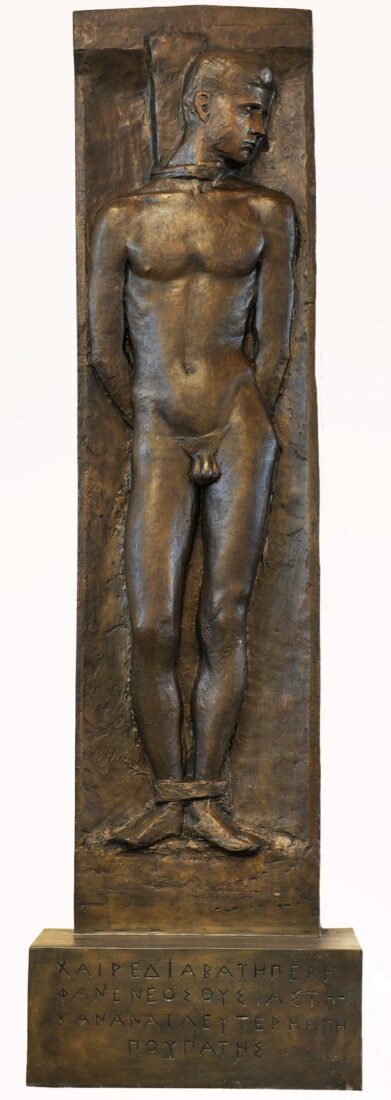
Apartis made this relief stele in response to a commission for a monument to the Boy Scouts of Smyrna, who had been tortured during the Asia Minor Disaster. But in the end the memorial was not approved by the commissioners because it depicted a naked male figure. In 1983 the relief, incorporated into the copy of the iron door of a cell, was used for the composition of a monument in honor of the patriots who were tortured during the German Occupation, in the holding cells of the Gestapo. The composition also bears the titles “The Prisoner”, “The Martyr”, “The Victim”, “On Execution” and “So the Land You Walk upon Will be Free”.
Apartis, wanting to make a work that would symbolize all the young men who sacrificed themselves for an ideal, combines elements from Maillol’s “Bicyclist”, from ancient funerary steles, as well as the inclination of the head which, in works by Michelangelo, Rodin and Bourdelle expresses inner anguish and death.
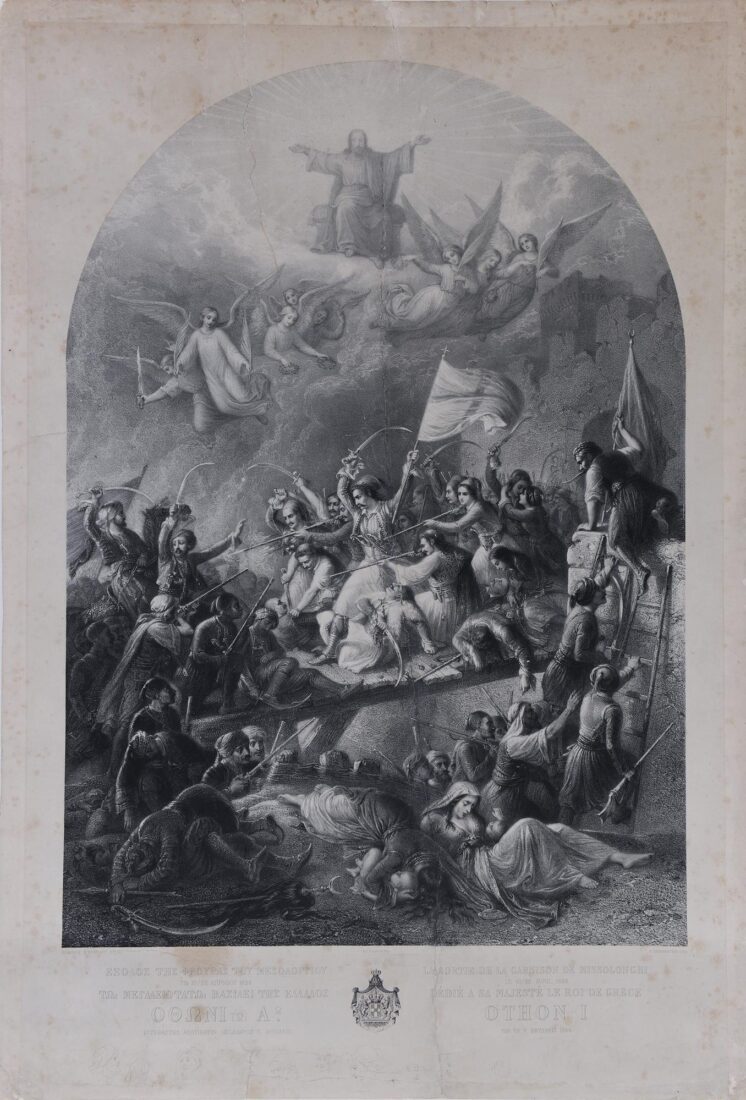

“The Healer” is one of the eight pictorial images that surrealist painter Rene Magritte “translated” into three-dimensional form.
Magritte had a precise idea of what he wanted to achieve and went about finding the ideal means to execute these sculptures. For “The Healer” he made a plaster cast from the feet of a live model, and did the same for the bird cage.
“The Healer” has a number of features characteristic to Magritte’s enterprise, including the element of the unexpected, the extraordinary within the ordinary, and the mysterious. This sculpture, variations of which can be found in at least four of his paintings, came from a photograph that Magritte took in 1937, titled “God on the Eight Day”.
Although he was a painter, by translating eight paintings into sculptures, Magritte provided a different perspective on the function of objects and forms. Detached from the confines of the picture plane, they are placed in the space as autonomous presences and, through the change in scale, become different entities.
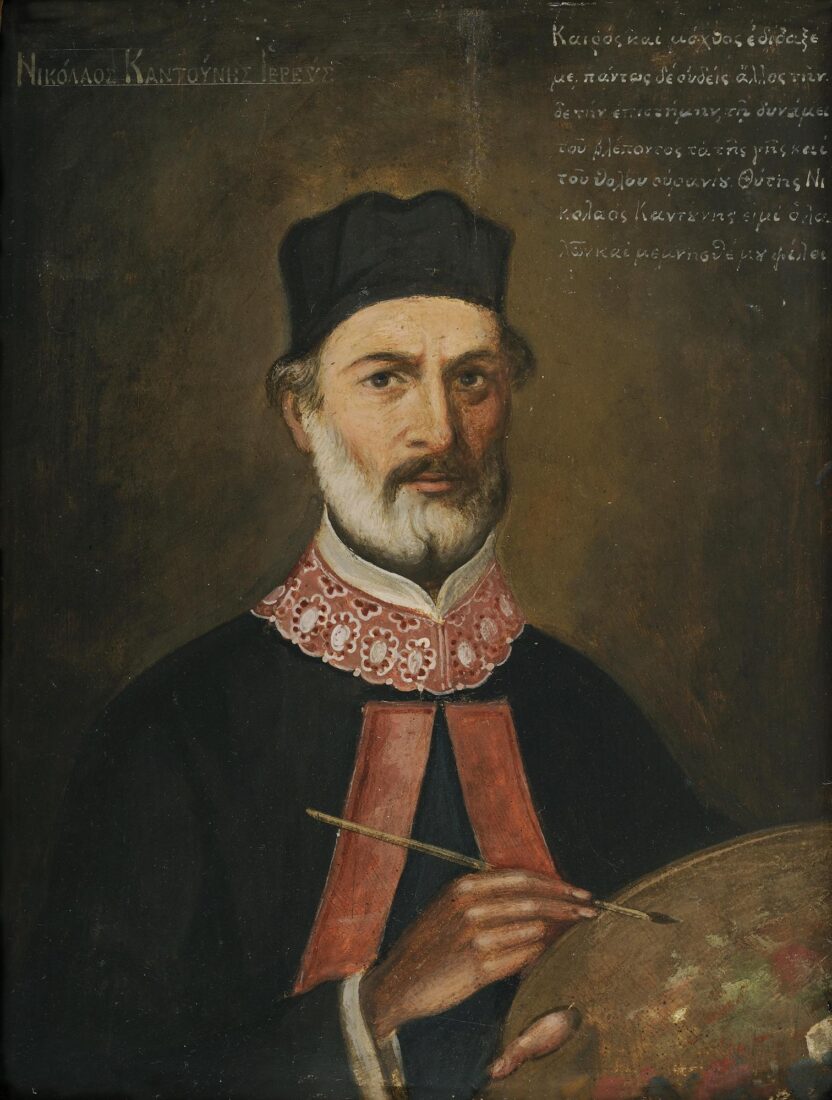
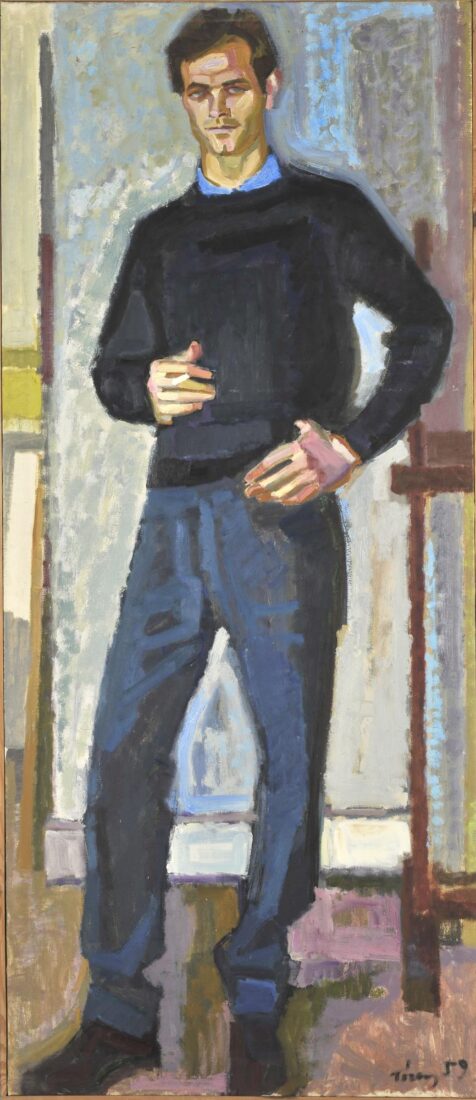
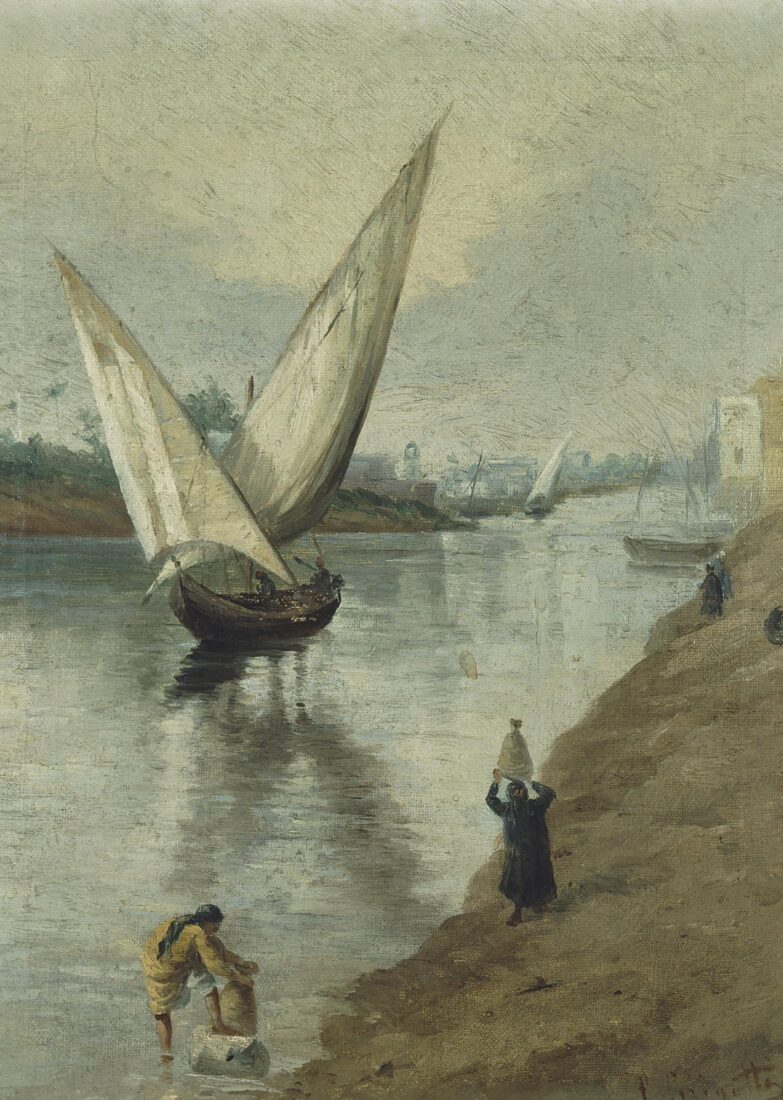
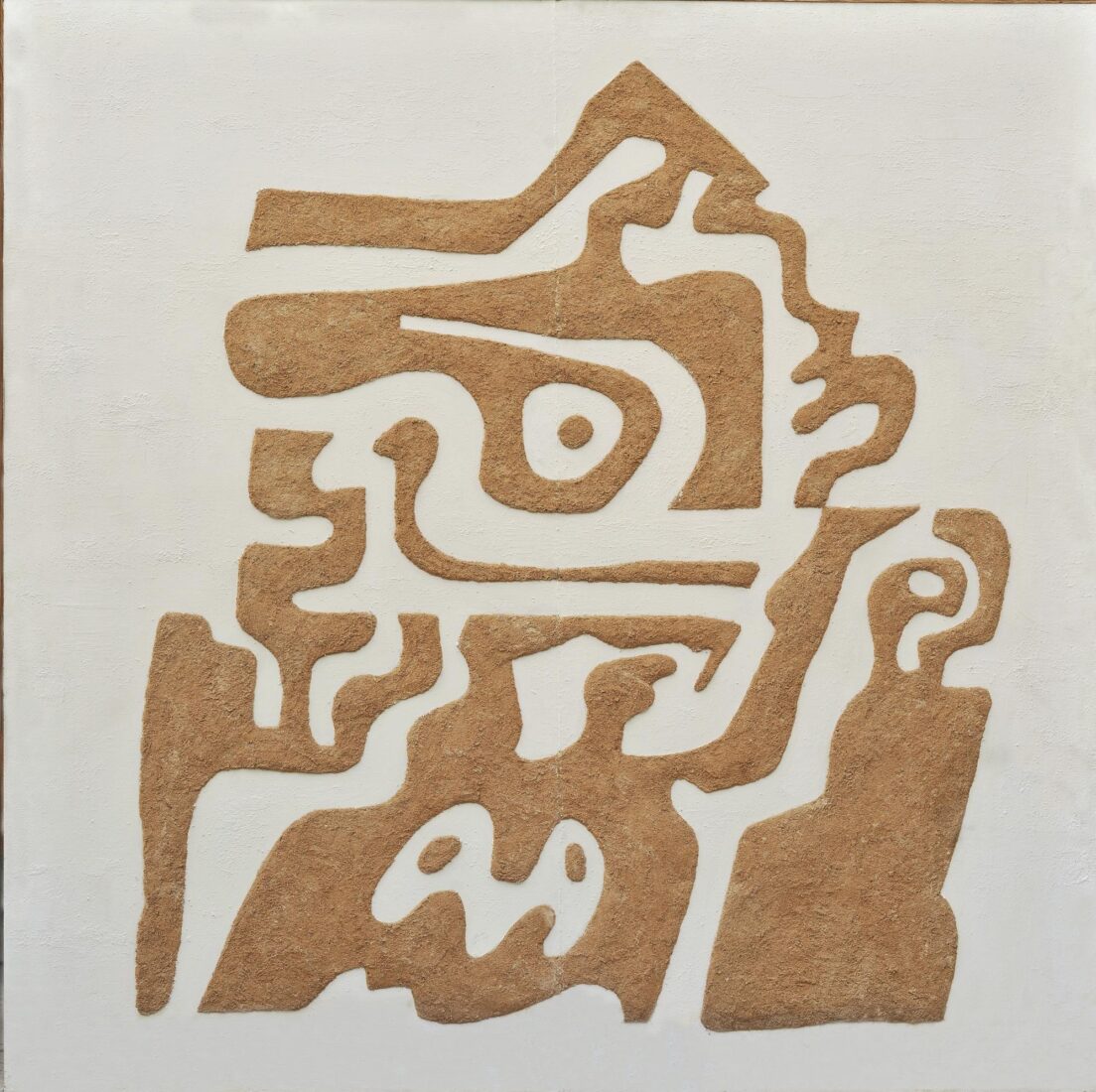
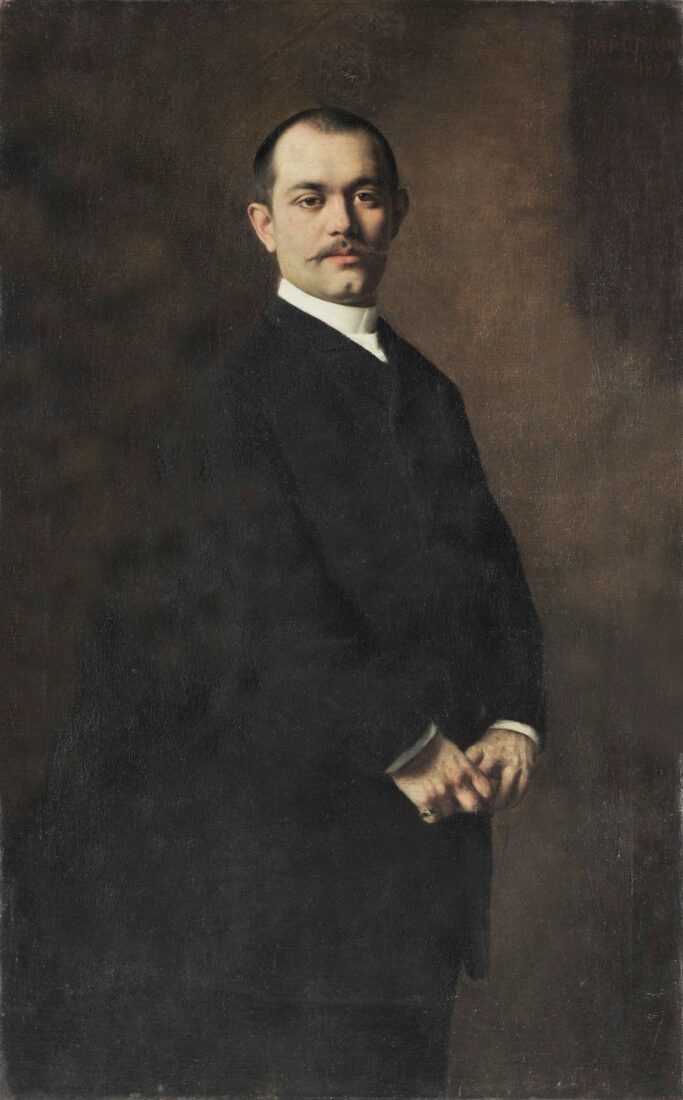
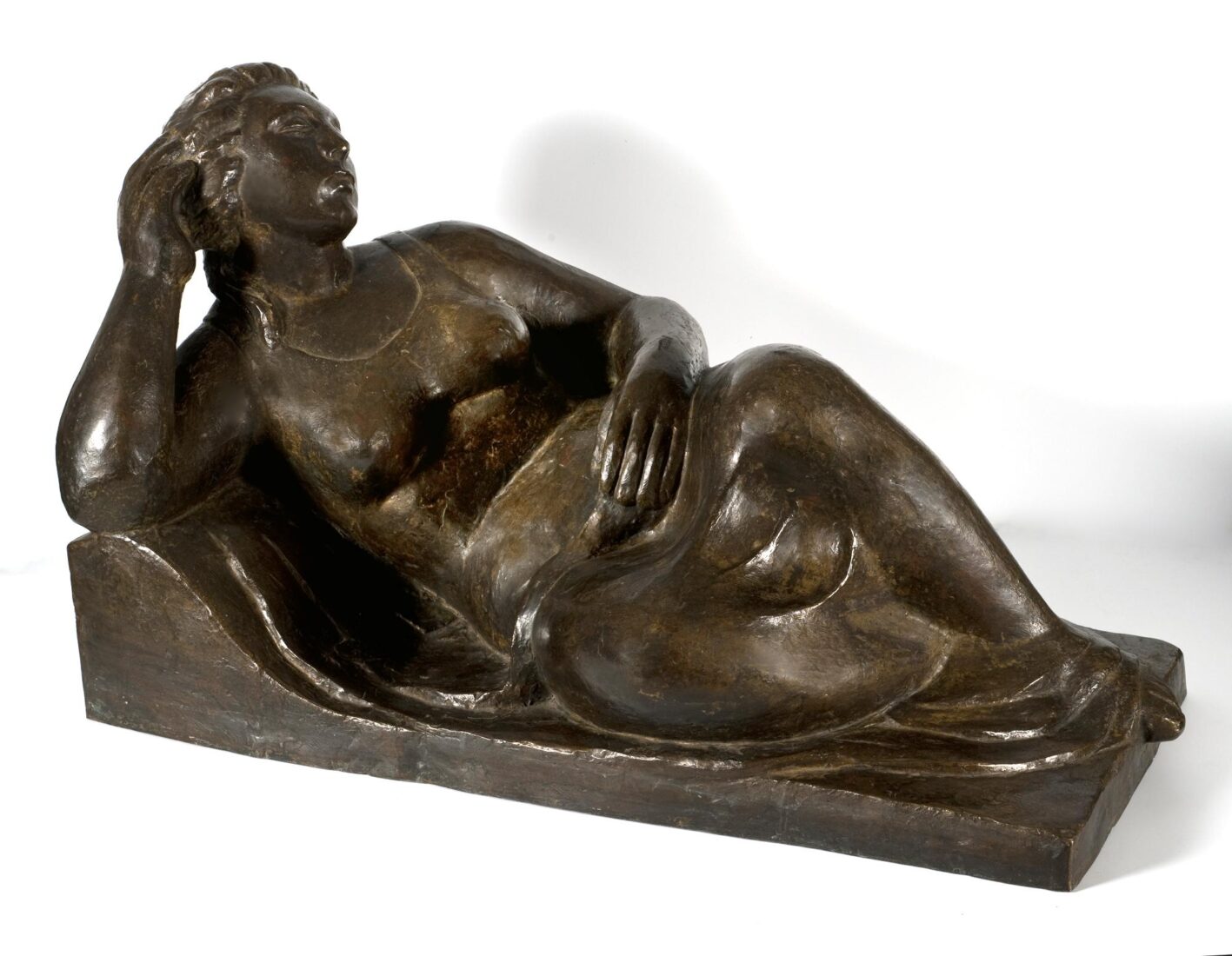
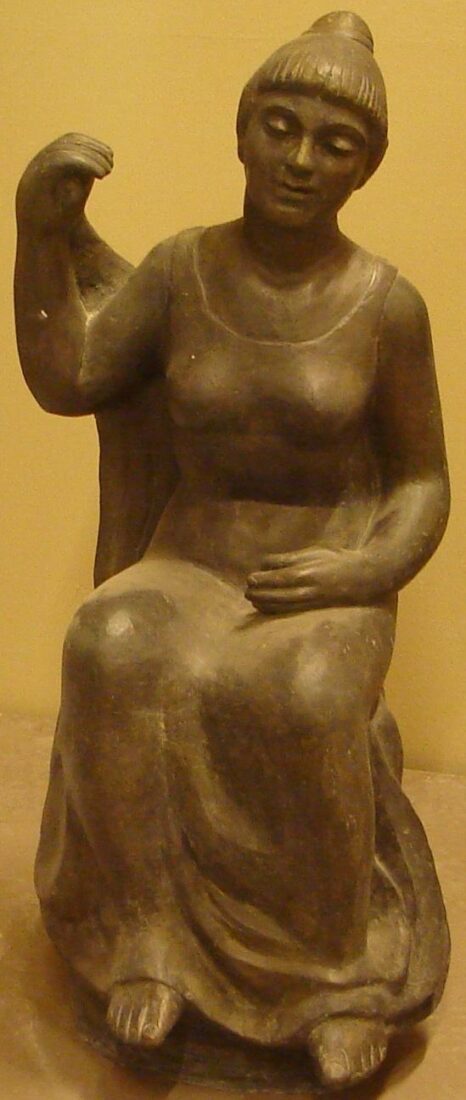
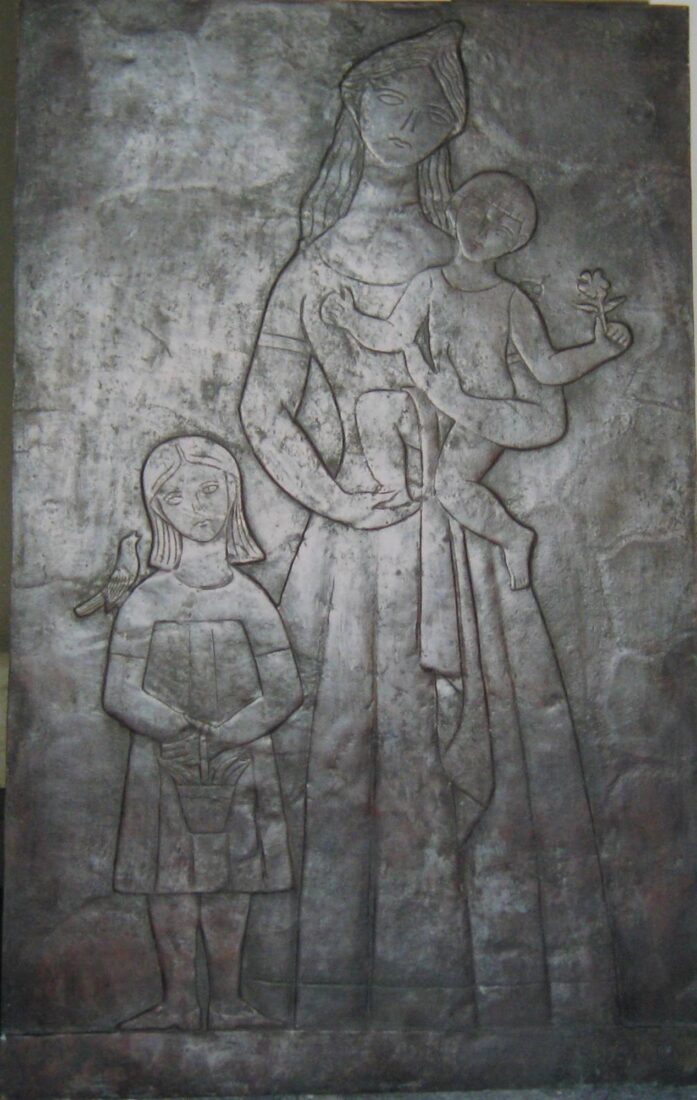

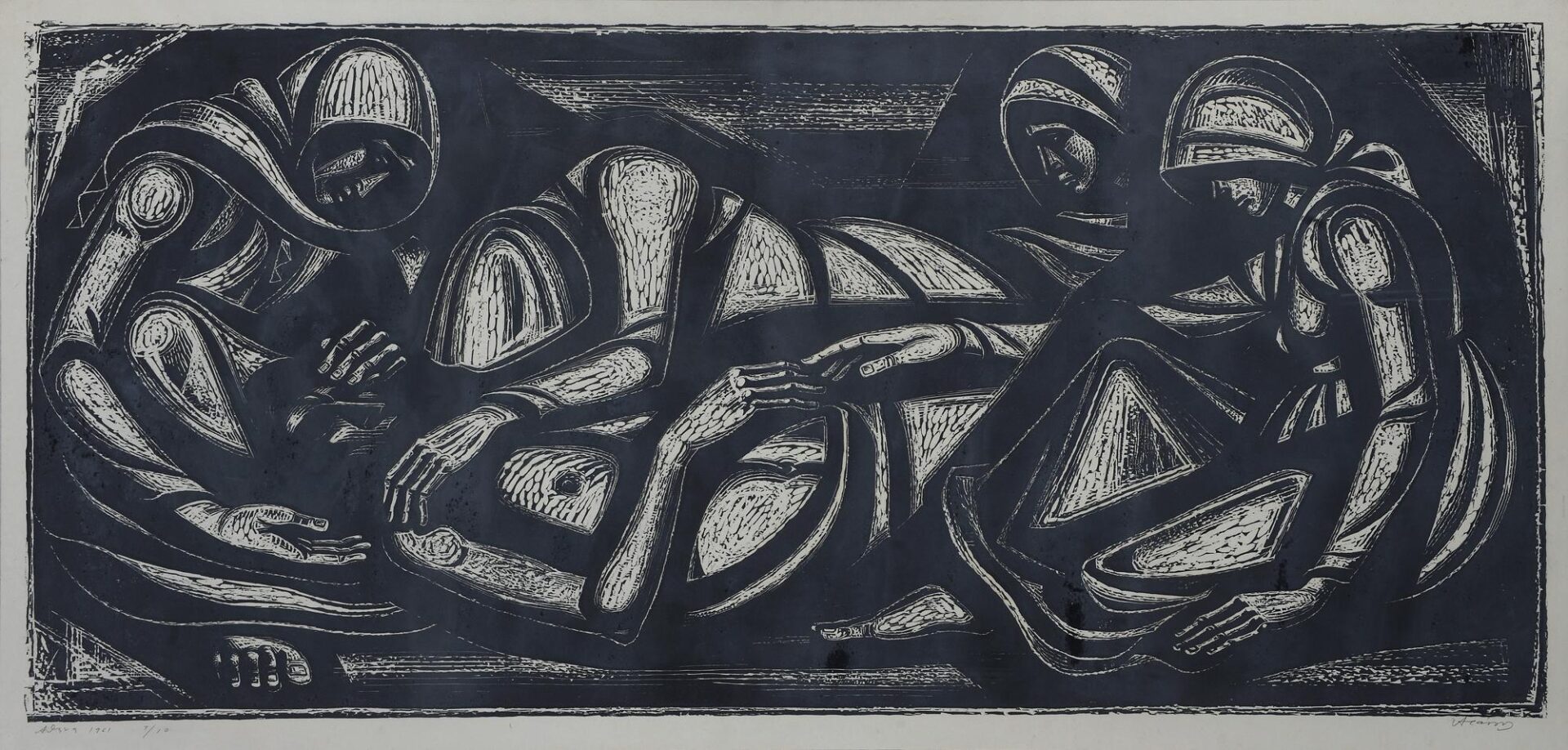
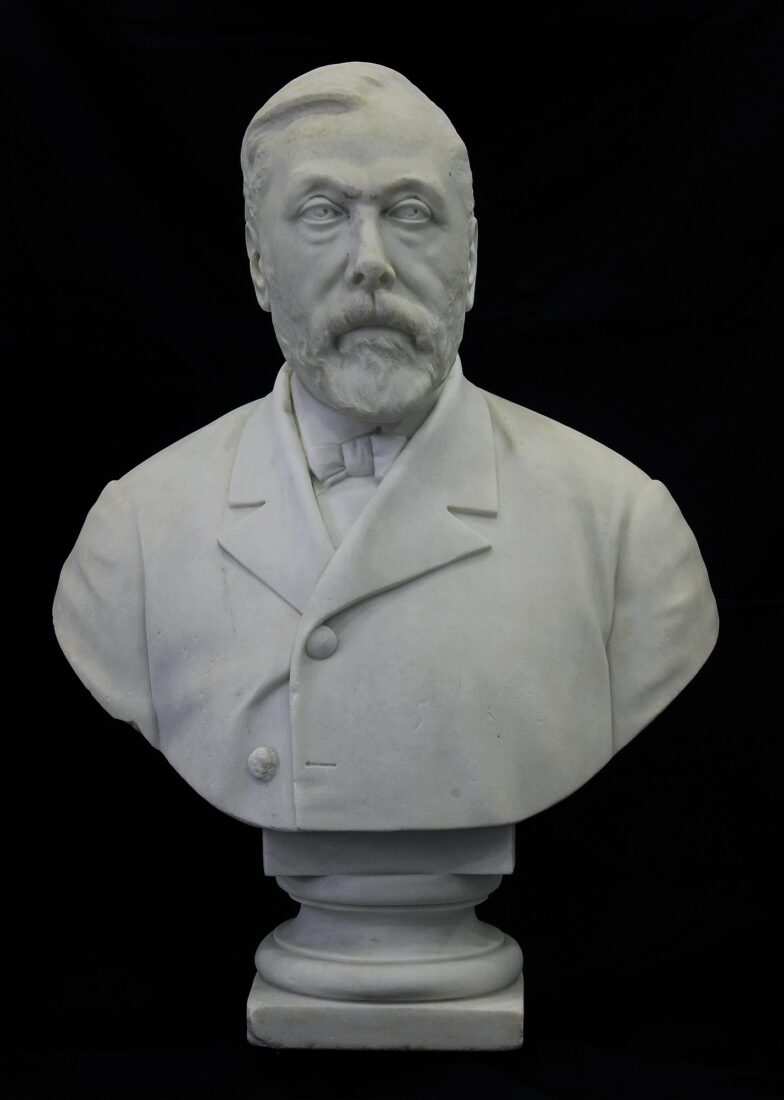
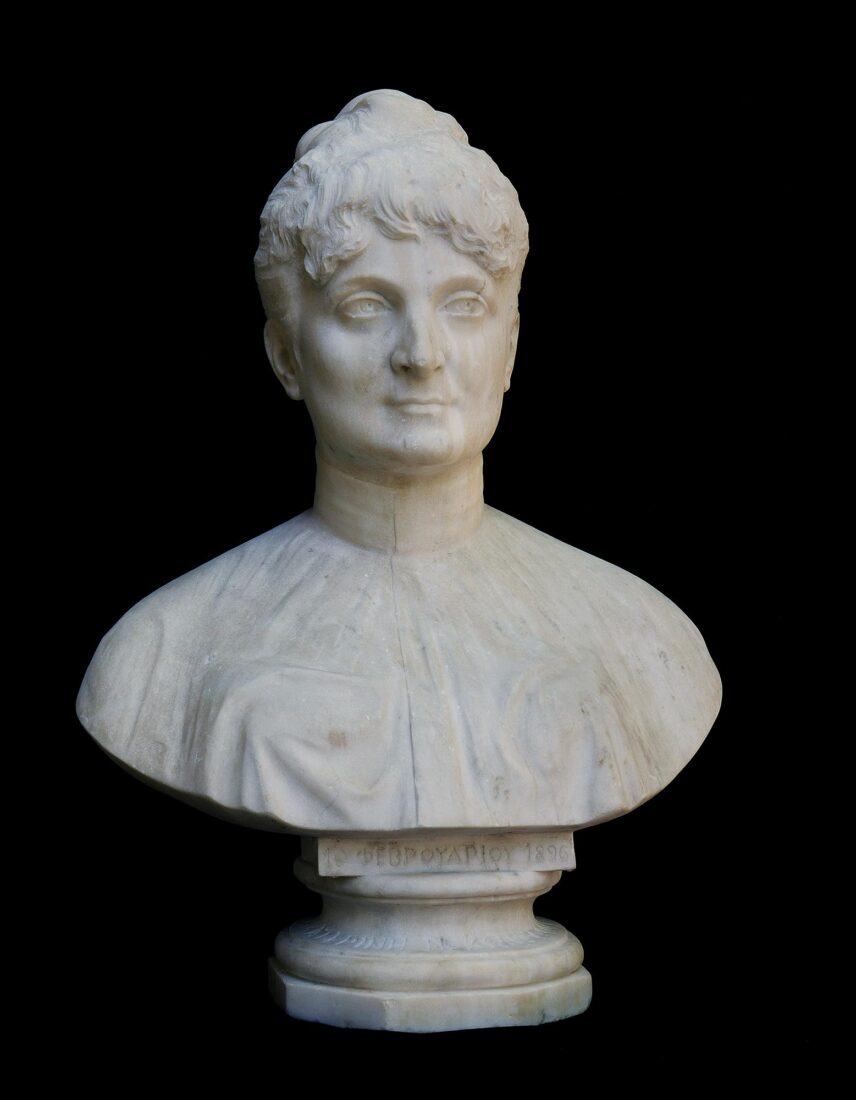
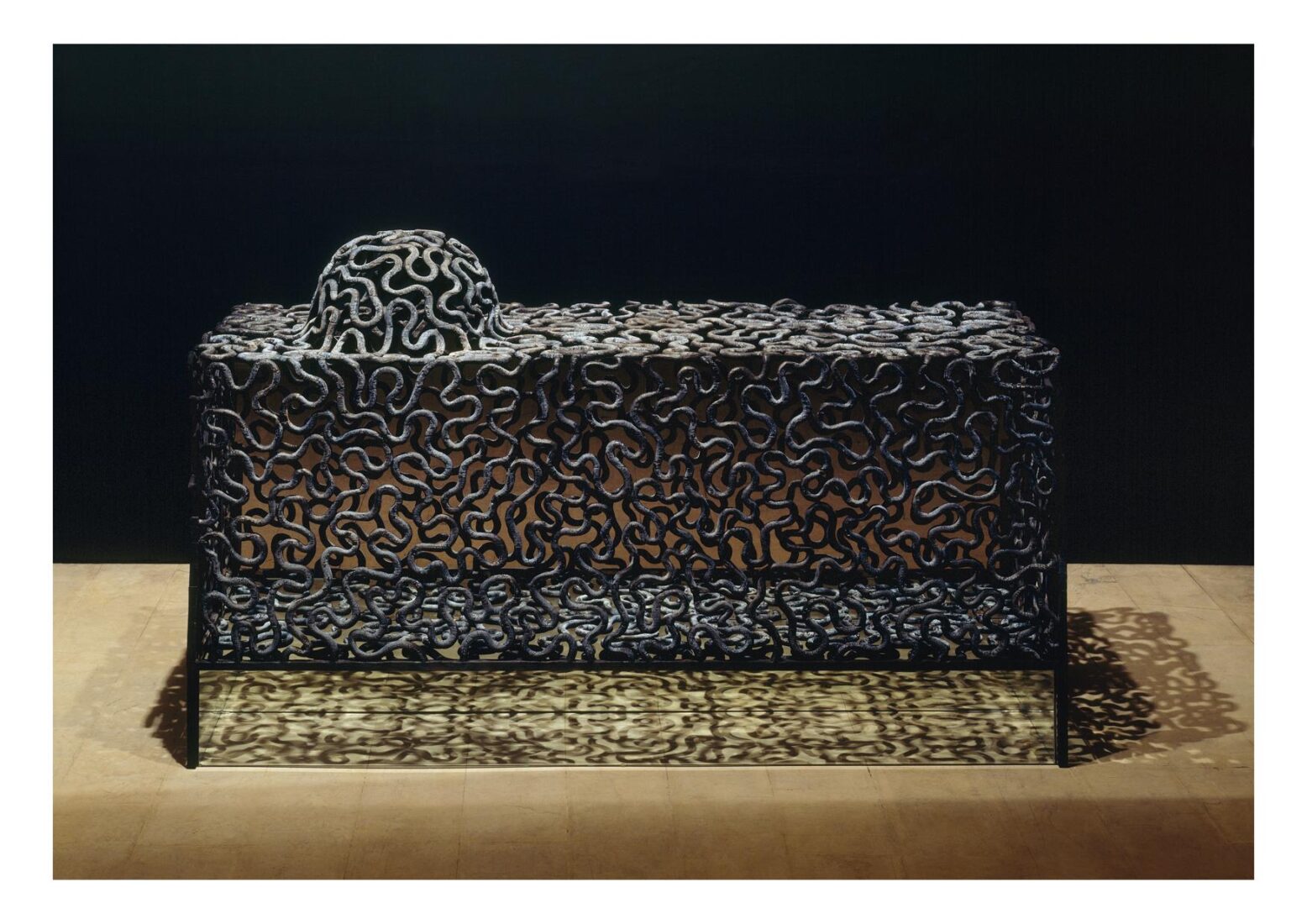
Samarkand, the subject of the work, charged with myths, Eastern mysticism and
centuries-long history, led me to search for a formal entity worthy of the richness
of its meanings. It was an endeavor in the dark, a journey on the Silk Road, a dive
into the senses of the East.
Undermining the logic of material data, transforming the visible into a vision, the
work ultimately reaches beyond its thematic mission. Then, this enclosed formal
entity, self-luminous and sacred, touches us and life seems to disregard the inevitability
of the sarcophagus.
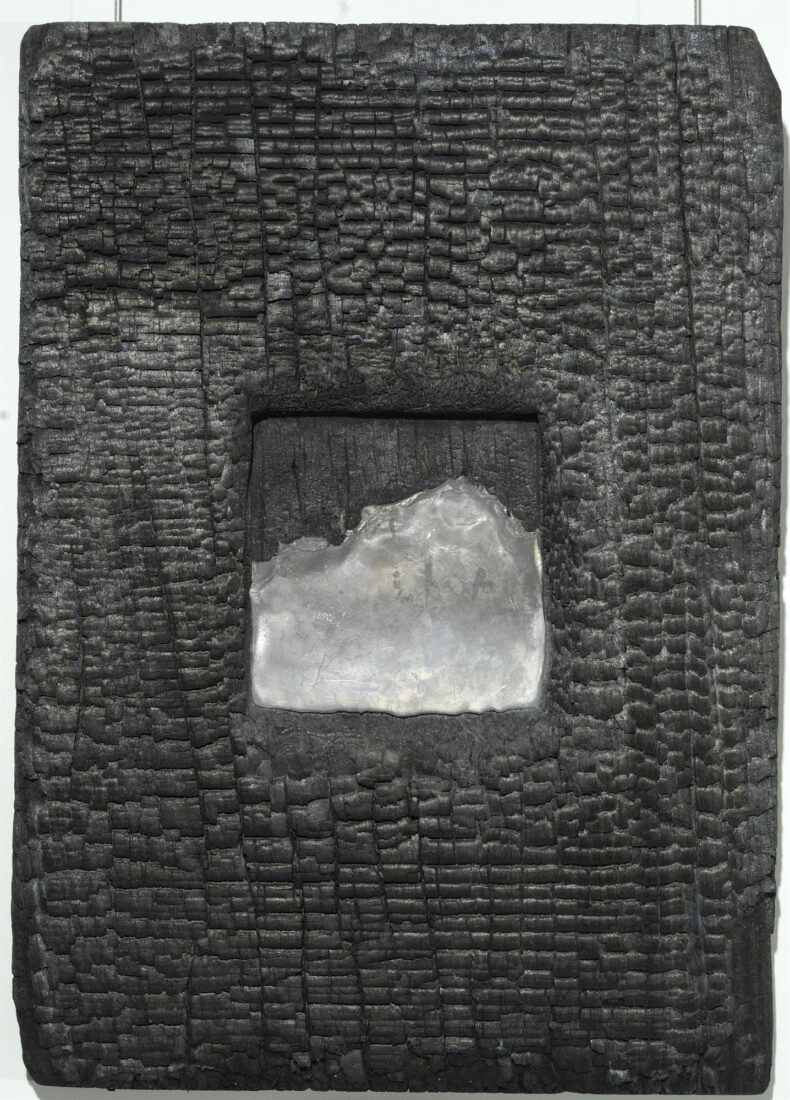
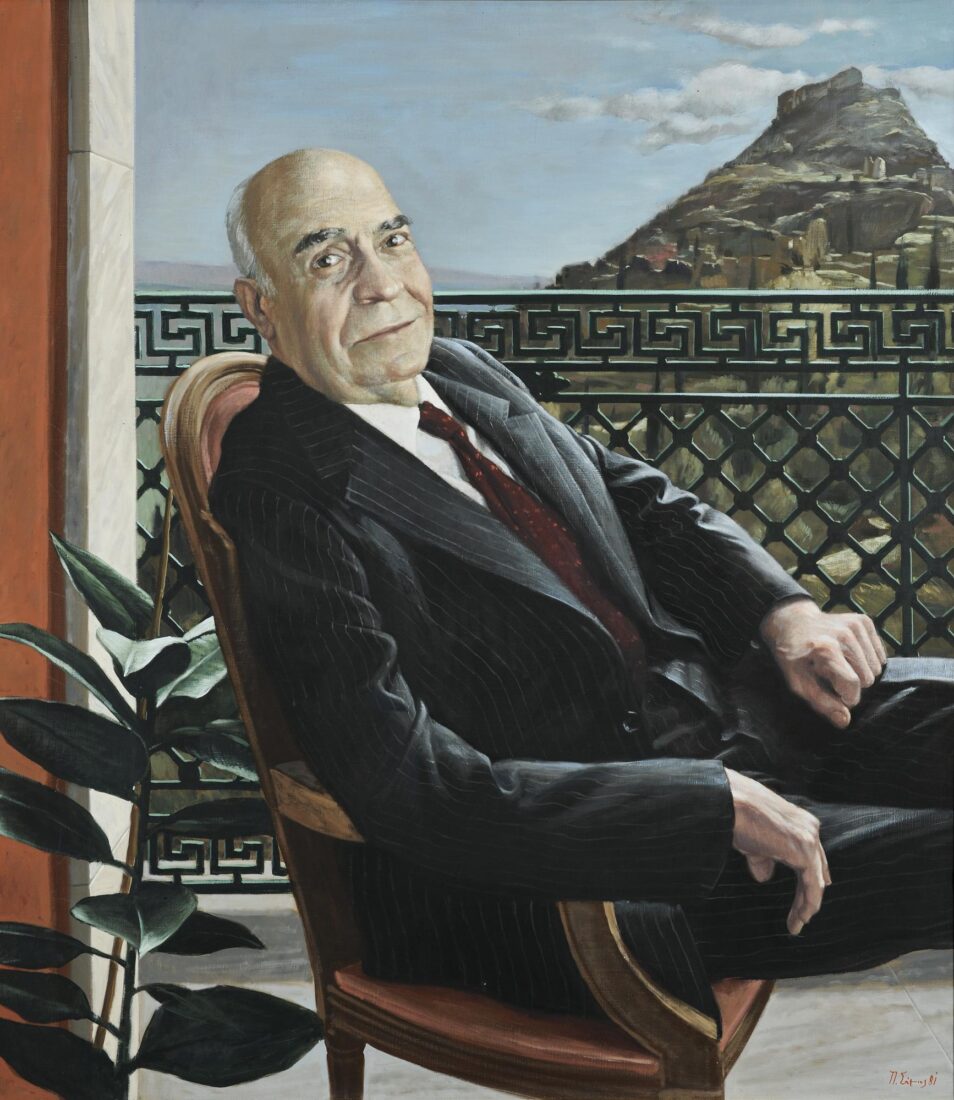
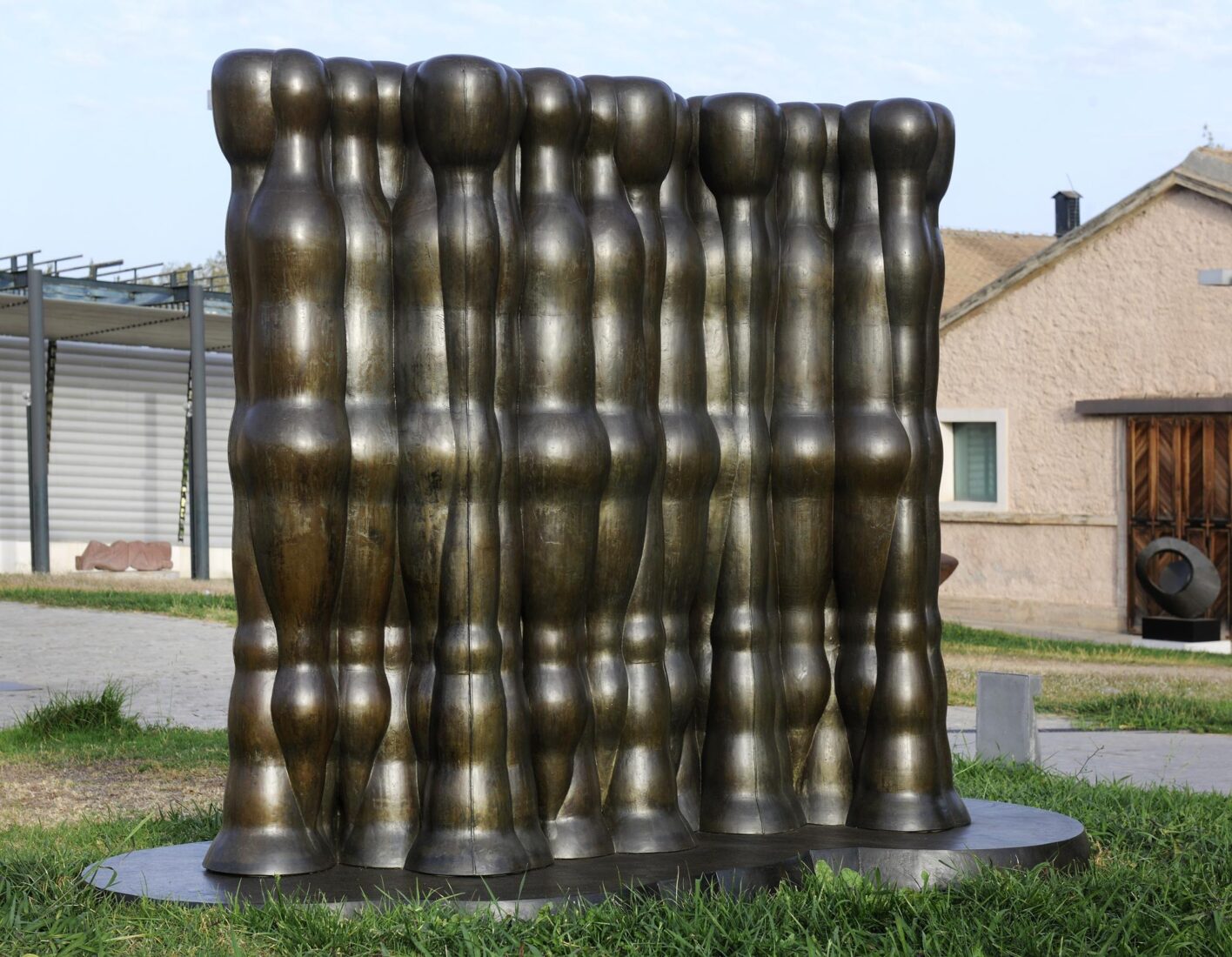
The full-length male figure, heir to the ancient Kouros, dominates Joannis Avramidis’ oeuvre. However, his is a figure that is stripped of every descriptive detail. Schematized, it stands upright, self-contained, imposing and static, like an ancient column.
The solitary figure-standard, as of 1959, constituted the core of his group compositions. The figures create a unit and frequently result from the revolving of the ancient figure around its axis. In this manner, Avramidis conveyed the idea of the ancient Greek “Polis” (City-State) in his sculpture of the same title. The repetition of the ancient figure nine times creates a compact group of identically-sized figures with like features. The piece thus personifies the idea of a community in which all its citizens are equal.
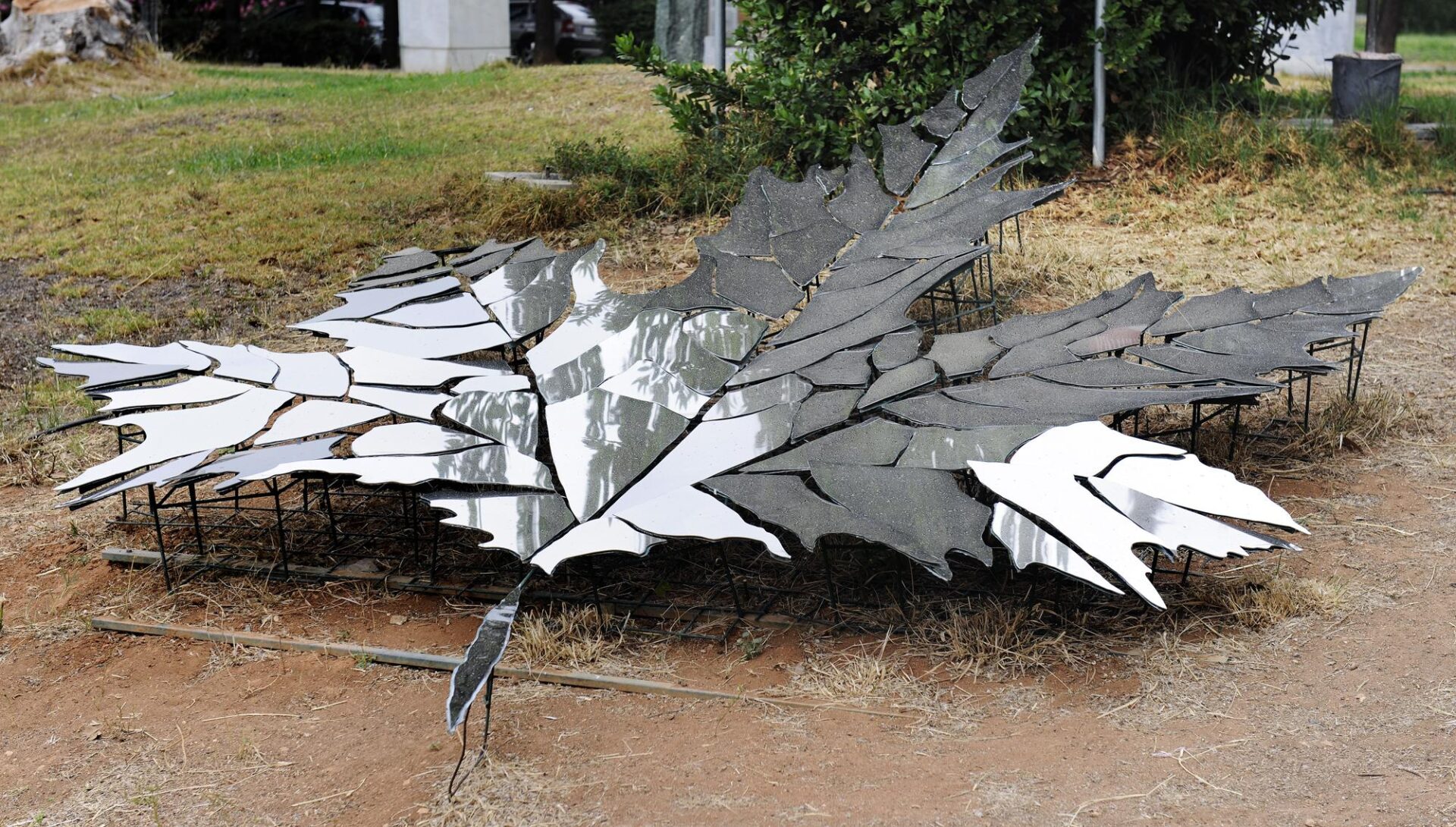
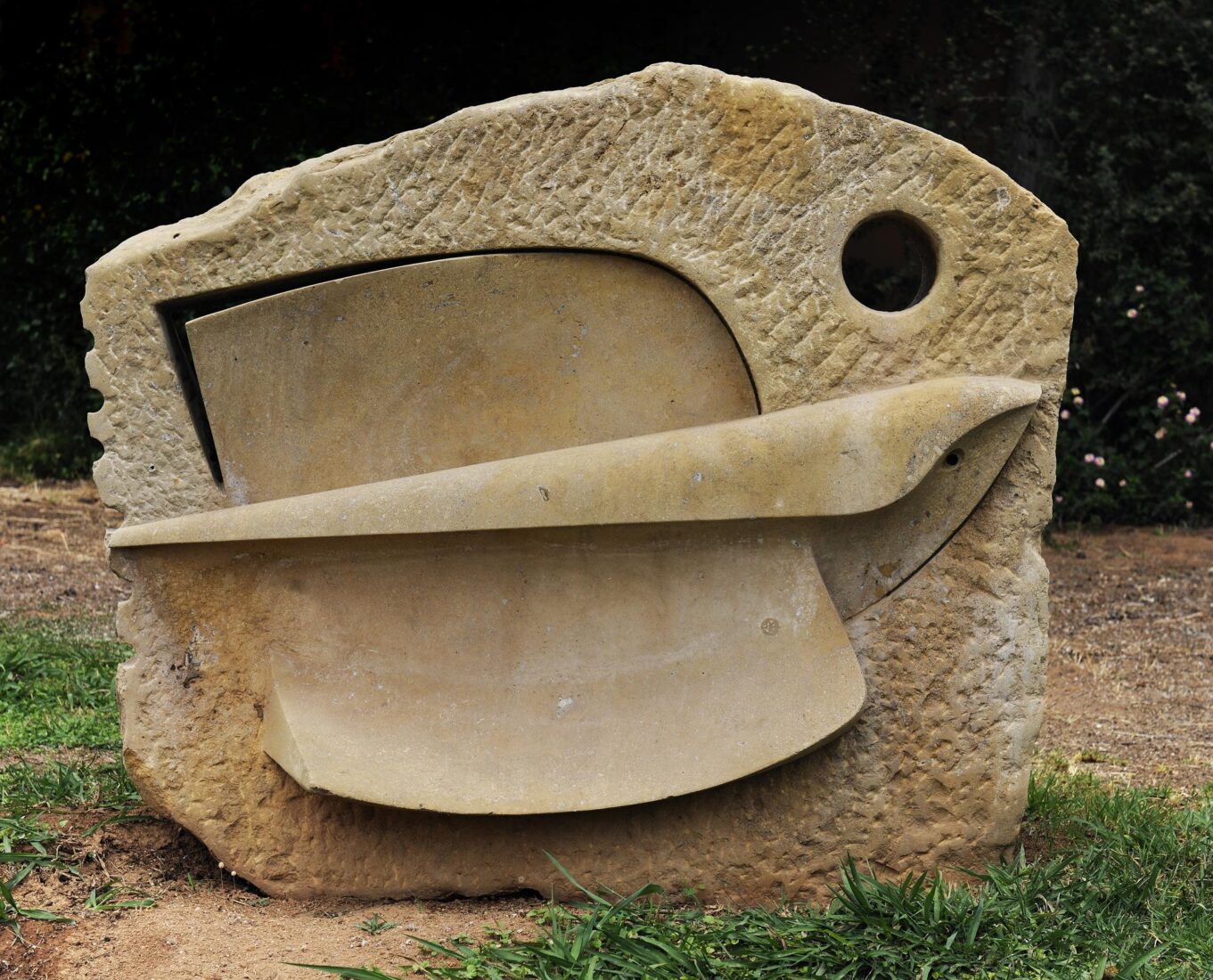
Dionyssis Gerolymatos is one of the few sculptors still working in the traditional sense, that is, he works with hard materials – stone, marble, cement. His thematic field includes works taken on commission as well as compositions of free inspiration, small or large. Since his student years, he has made use of extreme schematization, which, in his later works, is sometimes transformed into abstraction. Employing an expressionistic or surrealistic style, he gives form to thoughts, feelings, and impressions, while frequently poetry is also a motivation behind compositions through which he illustrates verses.
The “Stone of Patience” is a characteristic example, where a line from George Seferis is taken as the title of a work, while other of the poet’s verses are engraved on the side. Using stone, a hard material, Gerolymatos combines the external volume, left deliberately rough, with a piece ground smooth which then takes on the schematic form of a bird with open wings – symbol of freedom and hope – and thus creates his own image, an optimistic one, for the poetic words.
